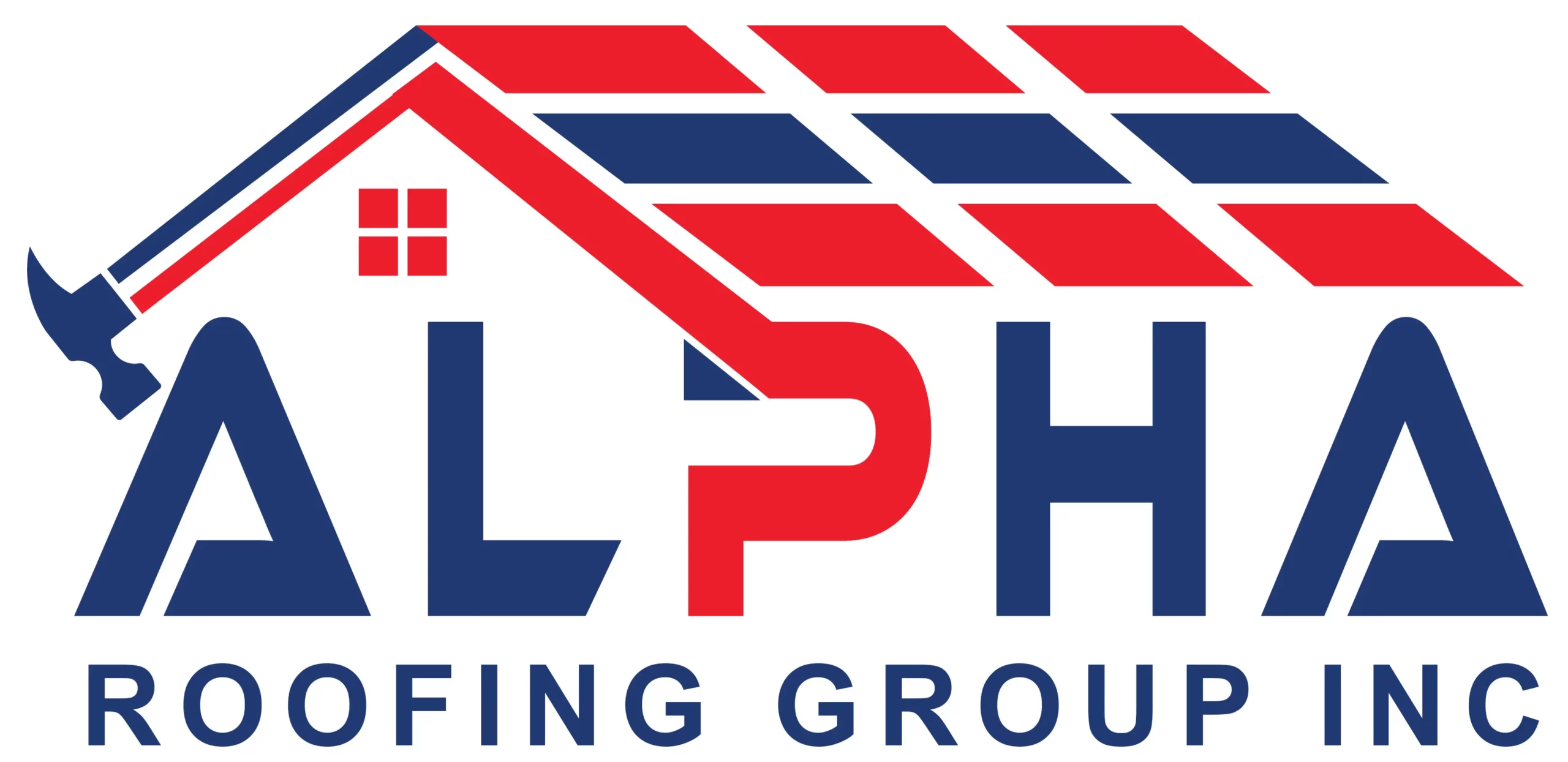Understanding the Climate Challenges for Commercial Roofs in Ontario
The Climate of Ontario and Its Impact on Commercial Roofing
In the sun-drenched region of Ontario, CA, the warm weather poses unique challenges for commercial building roofs. Known for its temperate climate, Ontario experiences conditions that greatly stress roofing structures. Severe heat can lead to the degradation of roofing materials, hastening their wear and ultimately impacting their performance and longevity. Acknowledging these climatic conditions is the first step towards devising roofing strategies tailored for durability and efficiency in hot climates.
Key Factors Contributing to Roofing Degradation in Warm Climates
Commercial roofs in Ontario are regularly subjected to intense ultraviolet (UV) rays, which can cause significant damage over time. This exposure can lead to the deterioration of roof membranes, resulting in cracks, warping, and a decline in waterproofing capabilities. Additionally, the phenomenon of thermal shock, brought about by daily temperature fluctuations, can induce repeated expansion and contraction of roofing materials. Ensuring that commercial roofs have adequate drainage systems is also vital, as standing water from rainfall can exacerbate deteriorative processes, particularly in warm seasons.
Using a white or light-colored coating on commercial roofs can lead to sizable energy savings. Relying on findings by the National Research Council of Canada, it’s estimated that such coatings can contribute up to a
15% reduction in energy consumption, underscoring the influence that the right color choice has in heat-resistant roofing materials. These savings are particularly relevant for commercial properties in Ontario, CA, where temperatures can soar, and energy efficiency becomes not just a matter of cost-saving but also of environmental responsibility.
Proactive Strategies for Enhanced Roof Longevity
Selecting the Right Roofing Materials
For commercial buildings in hot climates like Ontario, CA, choosing appropriate roofing materials is essential. Heat-resistant roofing materials can significantly decrease the temperature-related wear and tear on commercial roofs. Reflective roofing systems, often referred to as “cool roofs,” play a critical role in reducing heat absorption by reflecting solar energy away from the building, thereby maintaining a lower roof temperature and minimizing the heat transferred into the building’s interior. Moreover, sustainability is gaining importance in construction practices, with sustainable commercial roofing solutions coming to the forefront of eco-friendly design.
Another invaluable component in combating the harsh effects of the sun is UV reflective coatings. These coatings serve as a protective barrier, reflecting UV rays and thus helping to extend the roof’s life span. They are an integral part of a comprehensive approach to roofing in areas subjected to intense solar exposure, like Ontario.
Springtime Roofing Maintenance
As winter recedes, spring offers the perfect opportunity
Advanced Roofing Strategies and Services by Alpha Roofing
Customized Roofing Solutions for Commercial Buildings in Ontario
Every commercial building is unique, necessitating a personalized approach to roofing in the relentless warmth of Ontario, CA. At Alpha Roofing, we specialize in Roofing strategies for commercial buildings in hot climates, crafting bespoke solutions that account for each facility’s structural and environmental variables. Energy-efficient roofing in hot climates not only mitigates the heat absorbed but also contributes to significant cost savings. By implementing adaptive strategies such as flat roof techniques for optimized heat deflection, we ensure that your investment is both thermally and financially efficient.
Innovative Materials and Reflective Systems
Advancing beyond traditional roofing, we at Alpha Roofing advocate for the usage of innovative materials and reflective roofing systems. These specialized products are designed to reflect more sunlight and absorb less heat than standard roofs. For instance, the application of high solar reflectance coatings plays a pivotal role in heat mitigation, supported by evidence from the Cool Roof Rating Council which suggests a decrease in urban heat island effects. These reflective coatings are ideal for densely populated urban areas like Ontario, ensuring that commercial buildings contribute to, rather than exacerbate, urban temperature increases during springtime.
Comprehensive Spring Roofing Inspections
Handy Tips
Tip 1
Choose pale-colored or white roofing options, like TPO or PVC, which can reflect the sun’s energy and minimize heat buildup.
Tip 2
Apply a UV reflective layer to your current roof to enhance resistance to heat and UV rays, boosting overall energy efficiency.
Tip 3
Make it a priority to conduct roof evaluations and servicing during the spring to deal with small problems before the summertime heat worsens them.
Tip 4
Explore eco-friendly roofing options that offer insulation and help to cool roofs through the process of evapotranspiration.
Tip 5
Reinforce your roofing’s insulation to guard against thermal fluctuations and prolong the roof’s durability amid changing springtime temperatures.
Commonly Asked Question
What are the climate challenges for commercial roofs in Ontario?
In Ontario, CA, commercial roofs face challenges such as severe heat, intense UV rays, and thermal shock from daily temperature fluctuations. These factors can degrade roofing materials, causing cracks, warping, and reduced waterproofing capabilities, which affect performance and longevity.
How can the right choice of roof color impact energy consumption?
Choosing a white or light-colored coating for commercial roofs can lead to up to a 15% reduction in energy consumption. Such coatings are effective in reflecting solar energy away from the building, maintaining a lower roof temperature, and minimizing heat transfer inside.
What roofing materials are best for hot climates like Ontario, CA?
Heat-resistant roofing materials, such as reflective roofing systems (or “cool roofs”), and UV reflective coatings are best suited for hot climates. They help in reducing heat absorption by reflecting solar energy and protecting the roof from UV radiation, thereby extending the lifespan of the roofing system.
Why is spring a good time for roofing maintenance?
Spring is an ideal time for roofing maintenance because it follows the colder winter months, allowing for the repair of any damages incurred and preparing the roof for the harsher summer heat. It’s a proactive approach to ensure that roofs are in optimal condition to face upcoming climatic stresses.






